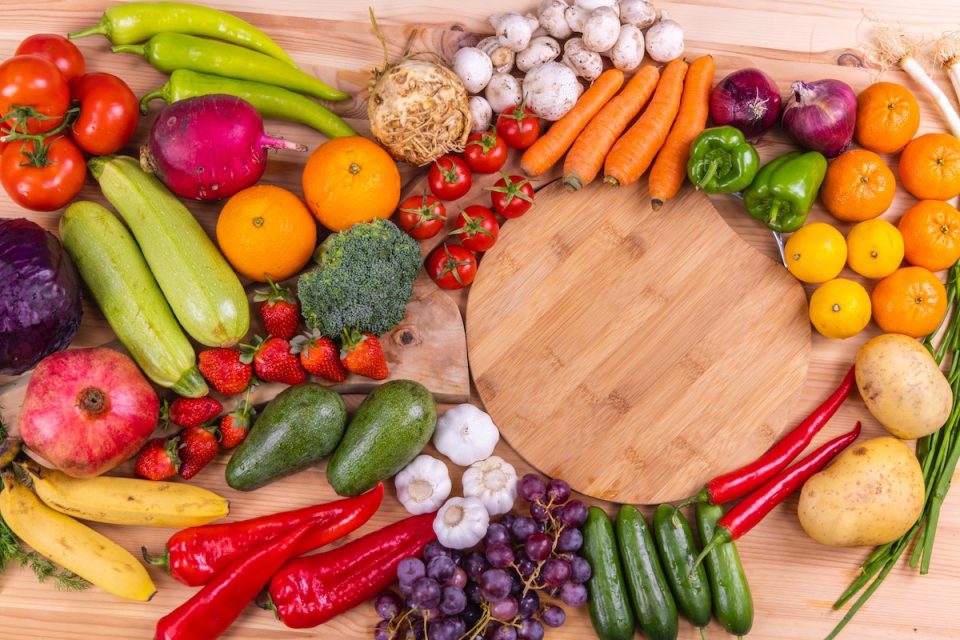This Week’s Thrive in Five is about blood sugar balance and glycemic variability
There are a handful of things scientists believe contribute to longevity, which as we’ve established is about living a long, healthy life, rather than just a long and potentially unhealthy life. One of those things is blood sugar balance, or put another way glycemic variability. What blood sugar balance or glycemic variability is all about is the up and down, whether it’s drastic or otherwise, movements of your blood sugar.
So let me explain at a high level what this is about. The body likes homeostasis when it comes to blood sugar. In other words, it maintains the stability of health by remaining roughly the same. The body doesn’t like big oscillations in blood sugar that come from stress, caffeine, exercise, but predominantly from the foods we eat.
So for example, what will happen if you eat some toast and jam. The blood sugar will go up quite quickly from the sugars within the bread and the sugars within the jam. The beta cells in the pancreas will recognise that blood sugar levels are elevated and will dispatch insulin. Insulin goes in and binds to that glucose to take it out of the blood. The net effect to you is a big surge of energy and quite a big dump in energy when insulin does its job. You then may potentially go for a coffee or a biscuit or something to provide you with some energy. Up you go again and insulin does its job again and down you come.
What is the trick to managing blood sugar Balance?
It’s about eating stable food. Foods that slowly release energy. As an alternative to toast and jam, it could be poached eggs on toast because the protein in the eggs will slow down the absorption of the carbohydrate or the sugars in the bread, for example.
Use the glycemic index and look for foods that are very high on that index and try and avoid them. It’s largely going to be white rice, pasta, chocolate, all the things that you probably know intellectually are quite sugary. There are some surprises there like rice cakes, for example, a popular dieting snack. So have a look at the glycemic index and steer away from foods that are right at the top. Go for slow-release energy foods as well, and try and eat more of those. You may also enjoy reading our blog on Mood-Boosting Foods. We look at slow-release energy foods that are great for boosting your energy and improving your mood.
If you get the opportunity to have a consultation with a nutritionist, I absolutely would do that. I have one that I work with and I’ve seen her from became vegetarian for perimenopause symptoms. You will get some really good personalised tips on how to tailor your diet so that your blood sugar balance is well-regulated. But that’s a really big tip for you in terms of preventative health. So lots to think about there.
Good luck, chew it over, make a few small changes and bed them into your routine before looking to do something else.
For more great wellbeing content follow us on social LinkedIn, Facebook and Instagram. You can also subscribe to our podcast Remove the Guesswork, for weekly wellbeing tips and insights.
If you’re interested in finding out what your health IQ is, take the Health IQ test to find out, and get a free personalised 39-page report built around our six signals, which are sleep, mental health, energy, body composition, digestion, and fitness.


